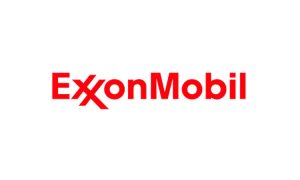When planning ahead for your business, it is important to take every step available to be prepared for the unexpected. With a growing need to protect the bottom line, avoiding maintenance challenges is a fundamental step in reducing costs caused by premature equipment failure and other productivity-busting events.
What are some tips and tricks to help you get the best out of your equipment for a longer period of time? Here are some things you can do right away to help you deliver what your clients and customers expect of you and your business.
Developing an effective maintenance program
To develop and install an effective maintenance program, both maintenance and production personnel must work together and be on “equal” footing. This dynamic is important, as one should not dictate to the other. There must be a clear vision as to what efforts are needed to achieve maximum productivity, and goals should be established to achieve this success.
Once implemented, machinery should be monitored for performance, reliability and quality. Furthermore, periodic reviews must be conducted to determine program effectiveness. It is important to understand that a maintenance program is an evolving framework that develops and matures with the needs of the plant.
[Click here] to learn more about maintenance processes, including breakdown maintenance and preventive maintenance, among many others.
Maintenance planning: the key steps
Developing predictive and reliability-centered maintenance (RCM) programs requires planning, which is typically divided into three phases:
- Immediate planning: The development of a day-to-day maintenance schedule.
- Short to mid-term planning: Establishment of maintenance and operating budgets with a view to the next five years and the activities required.
- Long range planning: Planning on a time scale of between 5 and 20 years. Planners work with production to determine maintenance and equipment needs to achieve long-term production goals.
In addition, predictive and reliability-centered maintenance depend on input from maintenance personnel. It is critical that measures, including routine and investigative oil analysis as well as non-destructive testing, thermography, and leakage detection, are periodically taken to update maintenance and planning.

All findings must be reviewed by maintenance, operations and production personnel, so that any findings are brought forward together to implement changes that support productivity goals. That means shared responsibility between all personnel is the most cost-effective way to manage an asset.
Set up a personalized Mobil ServSM consultation tailored to your maintenance needs by visiting this page now and benefit from an exclusive, personalized demo of Mobil ServSM.
Disclaimer:
- i) The content of this article may contain links or references to other websites maintained by third parties over whom ExxonMobil has no control. ExxonMobil makes no warranties or representations of any kind as to the accuracy, currency, or completeness of any information contained in such websites and shall have no liability for any damages or injuries of any kind arising from such content or information. Inclusion of any external or third-party link does not imply an endorsement or recommendation by ExxonMobil.
- ii) Exxon Mobil Corporation has numerous affiliates, many with names that include ExxonMobil, Exxon, Esso and Mobil. For convenience and simplicity, those terms and references to “corporation”, “company”, “ExxonMobil”, “EM”, and other similar terms are used for convenience and may refer to one or more specific affiliates or affiliate groups.



